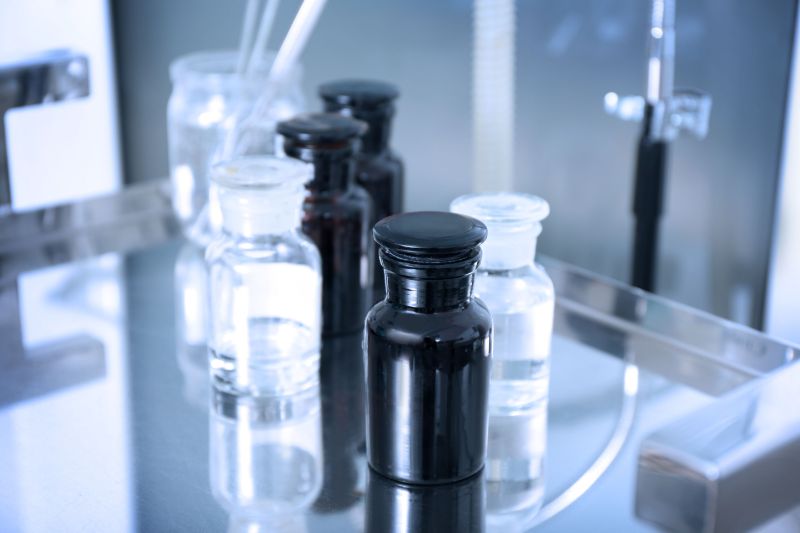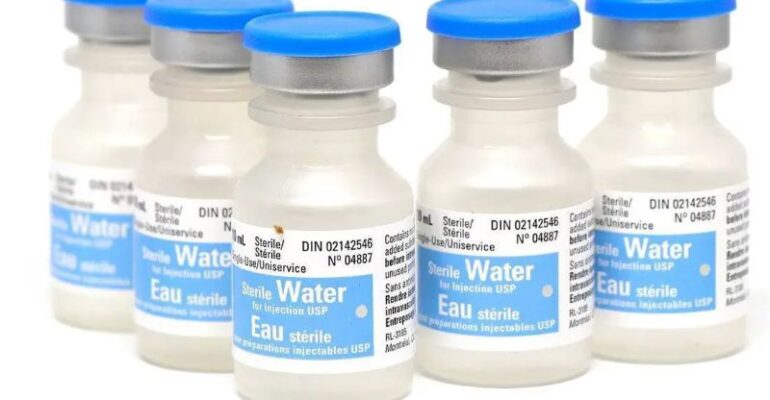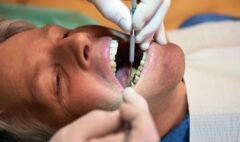How to Make Sterile Water
November 20, 2023 2023-11-14 7:10How to Make Sterile Water
How to Make Sterile Water
Are you looking for a way to make sterile water? Whether you are in the laboratory or researching a project at home, sterility is essential for accuracy and precision. In this post I will show you exactly how to make sterile water that meets your needs no matter what application it is used for.
How to Make Sterile Water
Sterile water is crucial for various applications, but let’s not forget that our daily drinking water is also essential for our health. To ensure a clean and safe water source for everyday consumption, a reliable water filtration system that meets the necessary criteria is necessary.
If you’re looking to purchase a high-quality water filter at a discounted price, consider check black friday deal at blackfridaywaterdispenser.shop. Here, you can find options that satisfy both quality and affordability.

Boiling Water: Boiling water is a simple and effective method. Bring water to a rolling boil for at least 1-3 minutes. Ensure proper conditions and duration for effective sterilization.
Distillation: Distillation involves heating water to create steam and then condensing it back to liquid form. Requires specific distillation equipment for the process.
Filtration: Filtration methods, such as using micron filters, can remove impurities and microorganisms. Different types of filters are available for various applications.
Sterile Water Storage: Use sterile containers to store water after the sterilization process. Avoid using containers that can leach harmful substances.
Proper Storage Conditions: Store sterile water in a clean and cool environment. Protect it from direct sunlight and potential contaminants.
Uses of Sterile Water
Medical Procedures: Sterile water is often used in various medical procedures, such as wound cleansing, irrigation, and dilution of medications or solutions.
Laboratory Experiments: Sterile water is crucial in laboratory settings for performing experiments and making solutions that require a contaminant-free environment. It ensures accurate and reliable results.
Pharmaceuticals: Sterile water is utilized in the manufacturing and production of pharmaceutical products, such as intravenous (IV) solutions and medications requiring reconstitution.
Cosmetic and Personal Care Products: Sterile water is a vital ingredient in various cosmetic and personal care products, including contact lens solutions, eye drops, nasal sprays, and skincare products.
Medical Equipment: Sterile water is used in medical equipment, including respiratory therapy machines, humidifiers, and autoclaves. It is essential for maintaining cleanliness and preventing infections.

Food and Beverage Industry: Sterile water is used extensively in food and beverage processing to meet hygiene and safety standards. It is employed in food preparation, mixing ingredients, and cleaning equipment.
Agriculture and Horticulture: Sterile water is beneficial for agricultural purposes, such as hydroponics, greenhouse cultivation, and plant tissue culture. It helps prevent contamination and promotes healthy plant growth.
Cleaning and Disinfection: Sterile water is useful for cleaning and disinfecting surfaces in healthcare facilities, laboratories, and other controlled environments.
Conclusion: Overall, creating sterile water is not overly difficult or complicated if you understand the basics of what goes into it. Whether distilling, boiling, or using a filter to purify contaminated water, once you have the process down you will be able to rest easy knowing that your drinking water is clean and safe from harmful contaminants.
With a few simple steps and precautions in mind, anyone can create sterile water in their own home. So now get out there and learn how to make your own safe drinking water today! It’s an easy and cost-effective way of ensuring that you are staying hydrated with clean and pure sources of H2O for years to come.







